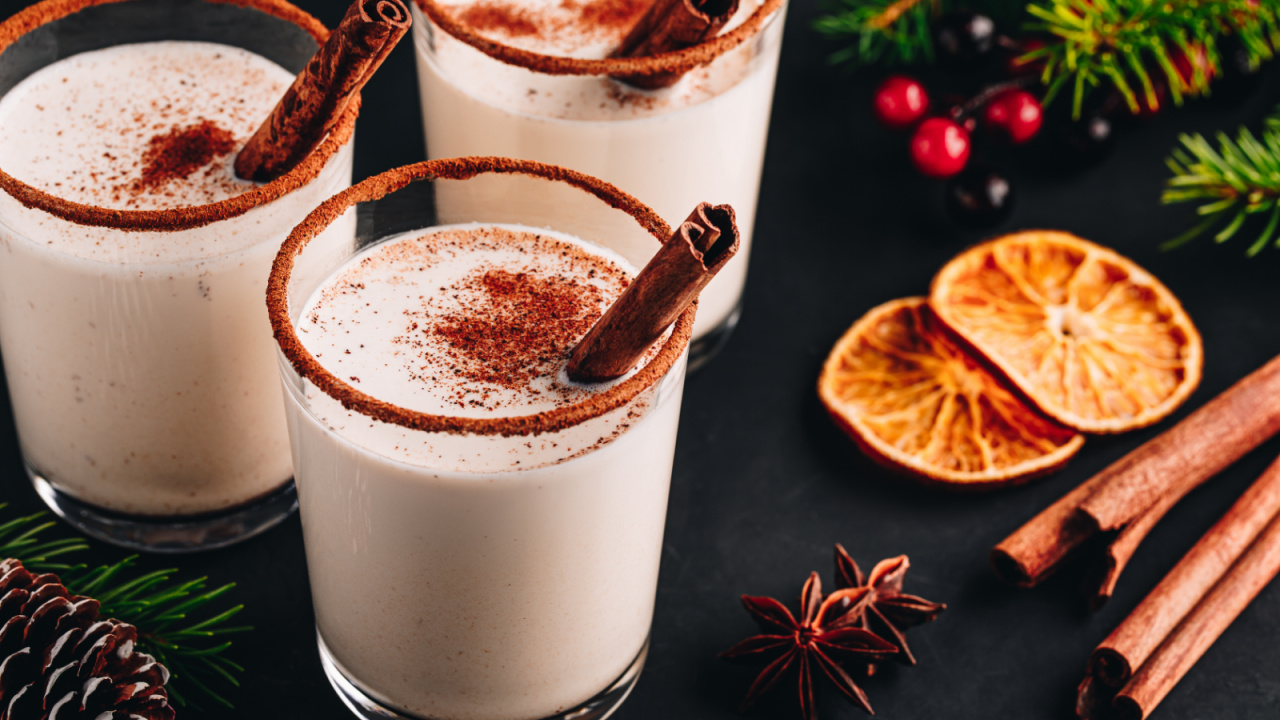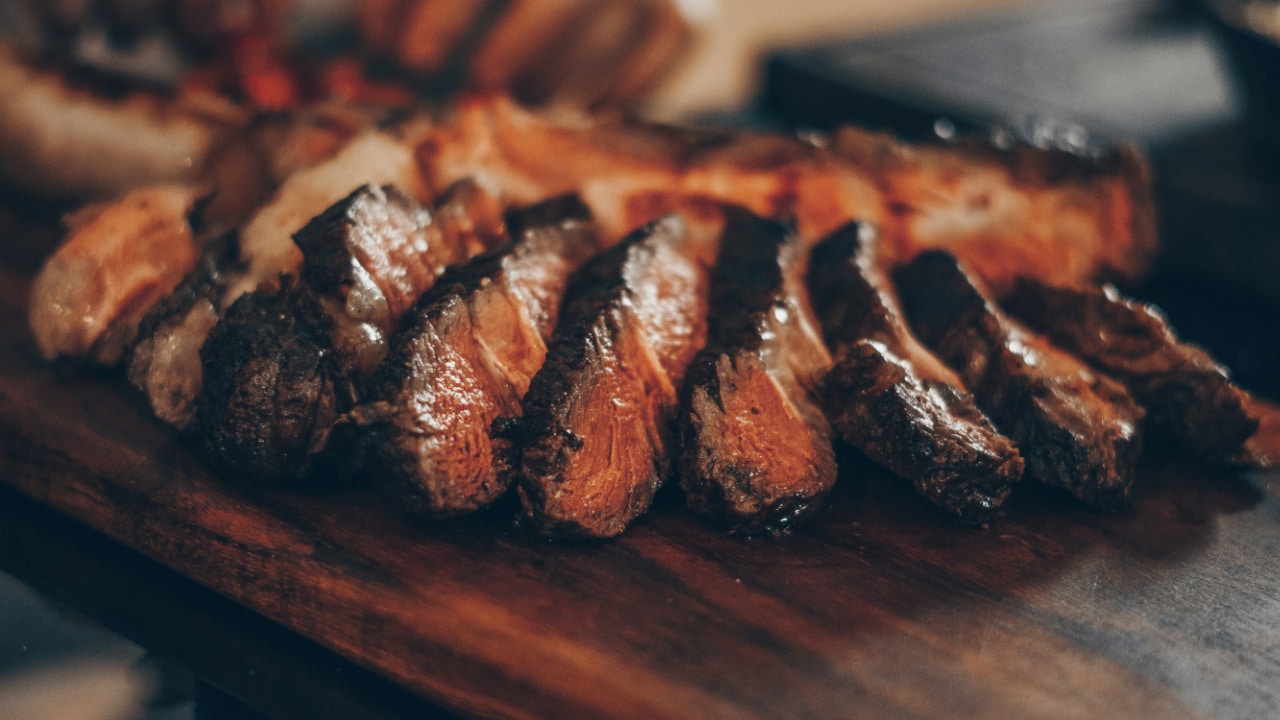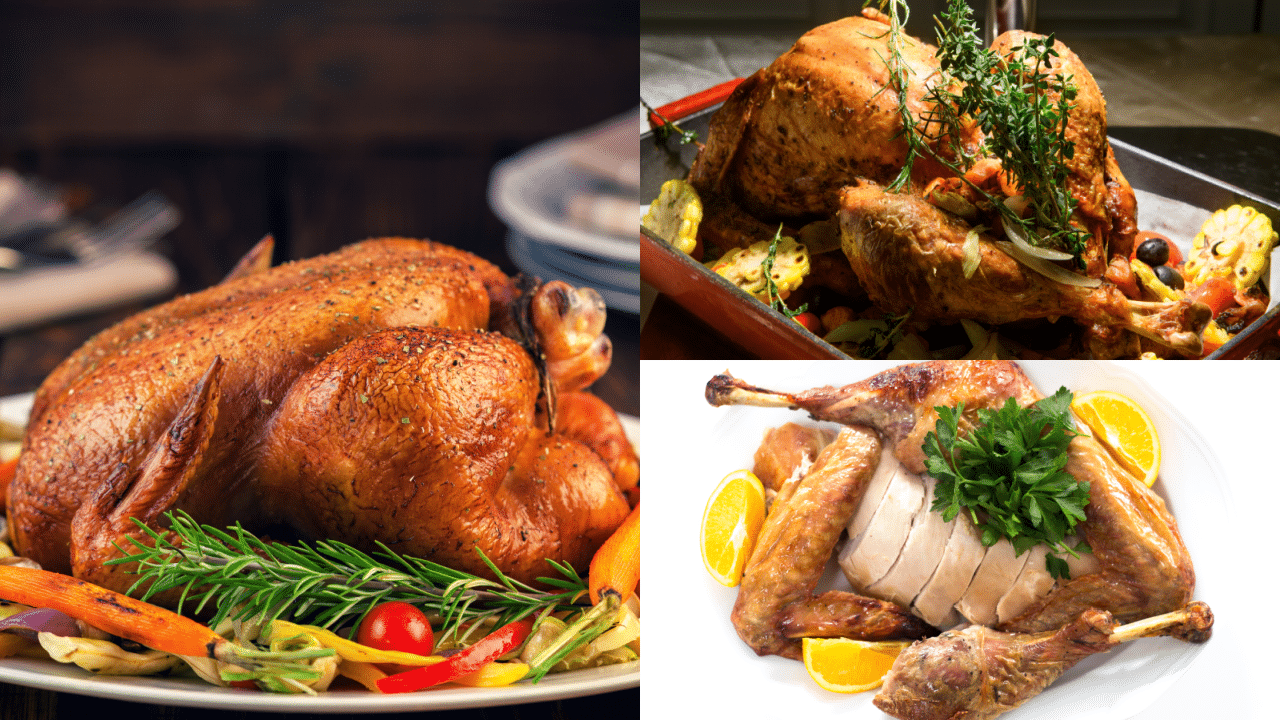Did You Know About the Ancient History That Makes Mexico’s ‘Tejuino’ Corn Drink What It Is Today?
This Latinx Heritage Month, mitú is highlighting the root of Latinx joy. We’re digging deep into the subcultures and traditions that have shaped our communities — the reason for our song and our dance. We continue building flourishing communities together because of our strong roots and with the support of State Farm.
If you’ve ever enjoyed Mexico’s classic tejuino, you might be curious about its deep history rooted in pre-Conquista times. Originally thought up by the ancient Nahua people, tejuino is usually sold in the back of trucks and at corner shops, and is especially popular in the western part of the country.
As you may have tasted for yourself, tejuino is a slightly-thick drink, made out of masa harina, water, and piloncillo, a kind of unrefined cane sugar used to make drool-worthy recipes like cozy atole or all kinds of galletas and pasteles. Once the corn flour, water, and sweetener are brought together, the mixture is boiled and fermented for a few days.
While tejuino can be served in disposable cups, plastic bags with a straw poked through, or even fancier presentations at restaurants, it’s always great to drink on hot summer days, and is especially good when served with lime, salt, and some nieve de limón (or lime sorbet) on top.
Served throughout Mexico but known as a go-to drink in the west, tejuino has a fascinating backstory that might make you appreciate it even more.
Guadalajara-based tejuino vendor Nino Leon explained to Vice that the drink is most common in western Mexico, including Jalisco and Colima. About its origins, tejuino predates the Spanish conquest, and was a Nahua specialty. According to El Diario, it was thought-up at least seven thousand years ago.
Meanwhile, as per El Capitalino, tejuino may also be referred to “tecuino” or “tesgüino,” and comes from the Nahuatl word for “to beat.” Tejuino is still known as “the drink of the gods,” connected to how corn or maize was seen as “the food of the gods.”
The drink is also part of a well-known Huichol ritual and deeply symbolic, as explained by the Mexican Fish and Agriculture Information Service Department. “Ancestrally, the Huichol peoples would prepare a drink they called “nawa” (tejuino), and it would represent the communion between present people and those in the past who now are part of the earth and the power in life.”
Many see drinking tejuino as an act of gratitude and communication with divine ancestors.
Click HERE for more information on State Farm’s commitment to strengthening our communities with 24/7 support for individuals and families.




